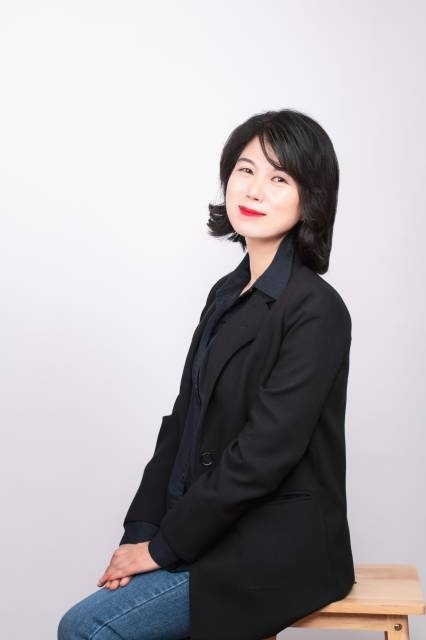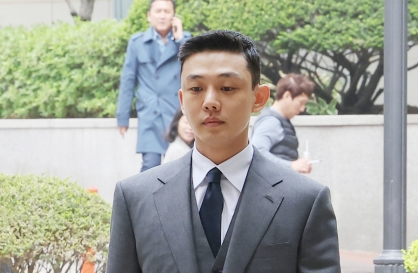[Herald Interview] MMCA curator Kang Soo-jung sees Korean avant-garde artists remaining 'forever young'
By Park YunaPublished : July 8, 2023 - 16:01

Art transcends time and space. The exhibition “Only the Young: Experimental Art in Korea, 1960s-1970s” brings Korea’s avant-garde art from decades ago into the present with a glimpse into how the young artists challenged rapid industrialization and authoritarianism.
The exhibition at the National Museum of Modern and Contemporary Art, Korea attracted attention from home and abroad even before its May 26 opening. The show, co-curated by the national museum and the Guggenheim Museum in New York, will travel to New York in September after the Seoul run ends July 16.
“What is intriguing about art is that there is no such thing as a right answer. Art is about breaking stereotypes and thinking outside the box. Sometimes it is fun to wait (to see art), as art is interpreted in a different way in a different era,” Kang Soo-jung, a senior curator at MMCA, told The Korea Herald in a recent interview in Seoul.
The exhibition brings together some 100 works by 29 artists who were classified as avant-garde artists in South Korea in the 1960s and 1970s. Widely referred to “silheom misul” in Korean, literally meaning experimental art, the art genre was pioneered by young artists who were opposed to the conventional art system or the government, exploring a new form of art.
“If you think of ‘avant-garde’ it could sound aggressive, but Korea’s so-called experimental artists of the time were rather timid and indirect in terms of expressing art. The young artists had so much energy and anger towards the authoritarian regime, but they did not have power. Artists were not even allowed to travel abroad at the time,” Kang said.
Some art of the time features purposelessness and repetitiveness in performance, she pointed out.
“Some artists such as Seung Neung-kyung confessed he wished he could have courageously criticized the government, but was ‘so afraid’ to do so. What he could do was to continuously cut out articles from newspapers, drop them in a box and hang the tattered newspaper on a wall as a performance to ‘indirectly’ speak about the oppressive society,” Kang said.
Although Korean artists have been shown at the Guggenheim Museum in the past – Paik Nam-june and Lee U-fan -- the September show is the first time that Korean experimental art from the 60s to the 70s are being shown there.
Kang took the opportunity to collaborate with the Guggenheim Museum to learn how Korea’s avant-garde art can be interpreted in a global context in comparison to different avant-garde art in other countries such as the hippie culture in the US.
“I was very happy to see artists very happy when I was preparing the exhibition. When we visited their studios with curators from the Guggenheim Museum, I realized their perspective on Korean experimental art is different from that of Korea’s art circles. The curators and the artists had deep conversations about art, and it was really interesting,” she said.
She put the work "Kiss Me" by Korea's avant-garde female artist Jung Kyung-ja at the entrance to the exhibition to demonstrate how her work sparked Korean art to deal with feminism.
Many of the artists shown at the exhibition are still pursuing their art, which has evolved from the experimental art they practiced decades ago. As Korea’s experimental art has come to renewed attention, some artists who are now in their 80s are enjoying their belated heyday.
Explaining the title of the exhibition that includes the phrase "only the young," Kang said, “Many avant-garde artists of the time are still active, ambitious and energetic.”








![[Hello India] Hyundai Motor vows to boost 'clean mobility' in India](http://res.heraldm.com/phpwas/restmb_idxmake.php?idx=644&simg=/content/image/2024/04/25/20240425050672_0.jpg&u=)











